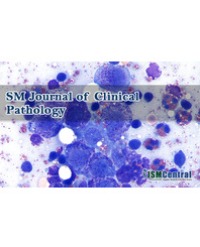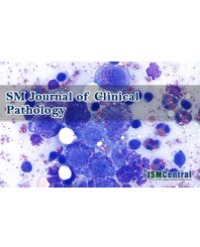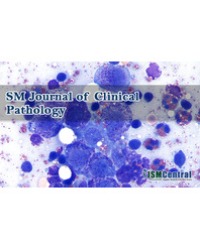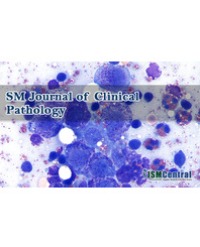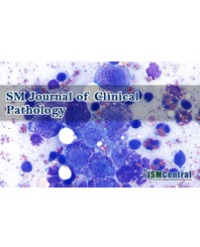
Fine Needle Aspiration Cytology Diagnosis of Salivary Parotid Basal Cell Adenocarcinoma with Metastasis to the Lung. Report of a Case and Review of the Literature
Basal cell adenocarcinoma (BCAC) is a low-grade malignant counterpart of basal cell adenoma [1]. Literature and case reports involving BCAC are limited as it was newly categorized in the second version of the World Health Organization classification of salivary gland tumors [2]. BCAC has been found to metastasize to cervical lymph nodes as well as to distant sites [8] including the hand [11], manubrium [12], scalp [13] and lungs [14,15]. Metastasis of BCAC to the lung is an uncommon finding with only two reported cases in the literature. This case report describes a 76-year-old female who presented with two right lung masses measuring 1.8 and 1.4 cm respectively. The cytomorphology and immunohistochemistry profile was diagnostic of metastatic basal cell adenocarcinoma, most likely of salivary gland origin. Reporting of this case aims to increase awareness of basal cell adenocarcinoma’s potential to metastasize to the lungs while also highlighting the importance of considering this tumor, albeit rare, in the differential diagnosis of metastatic lung masses.
Emily Downing*, Morgan Sly, Claire Barber, Jessica Jahoda, Corey Steinman, Sofia Nunnelee, Courtney Odza, and Mohamed Aziz

